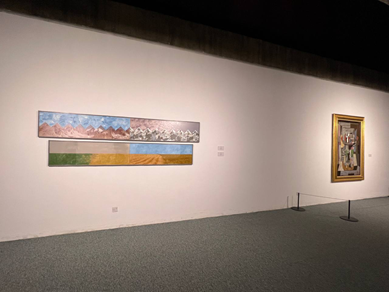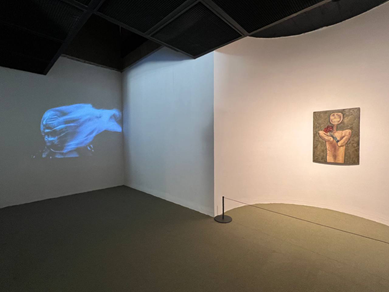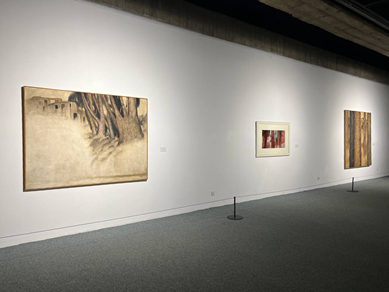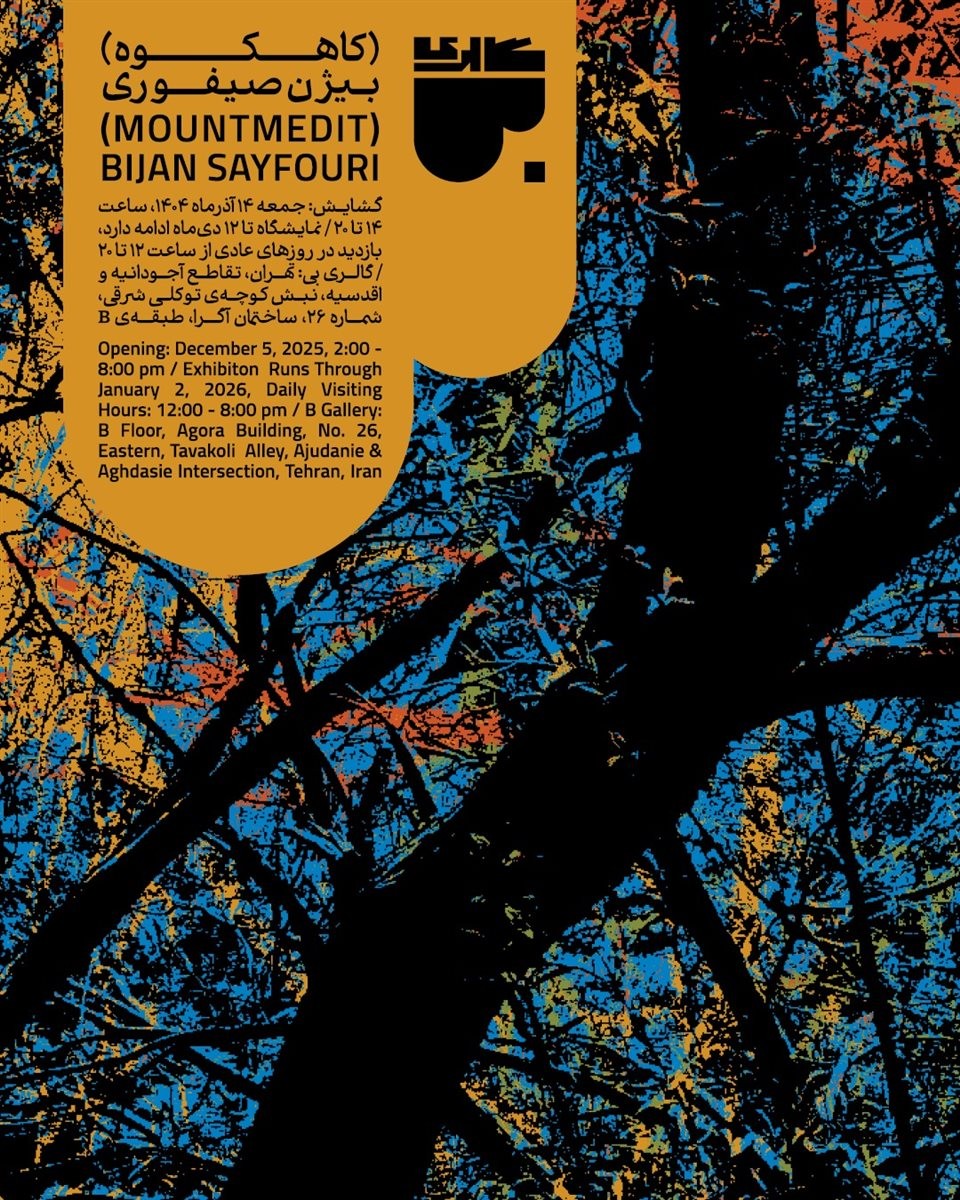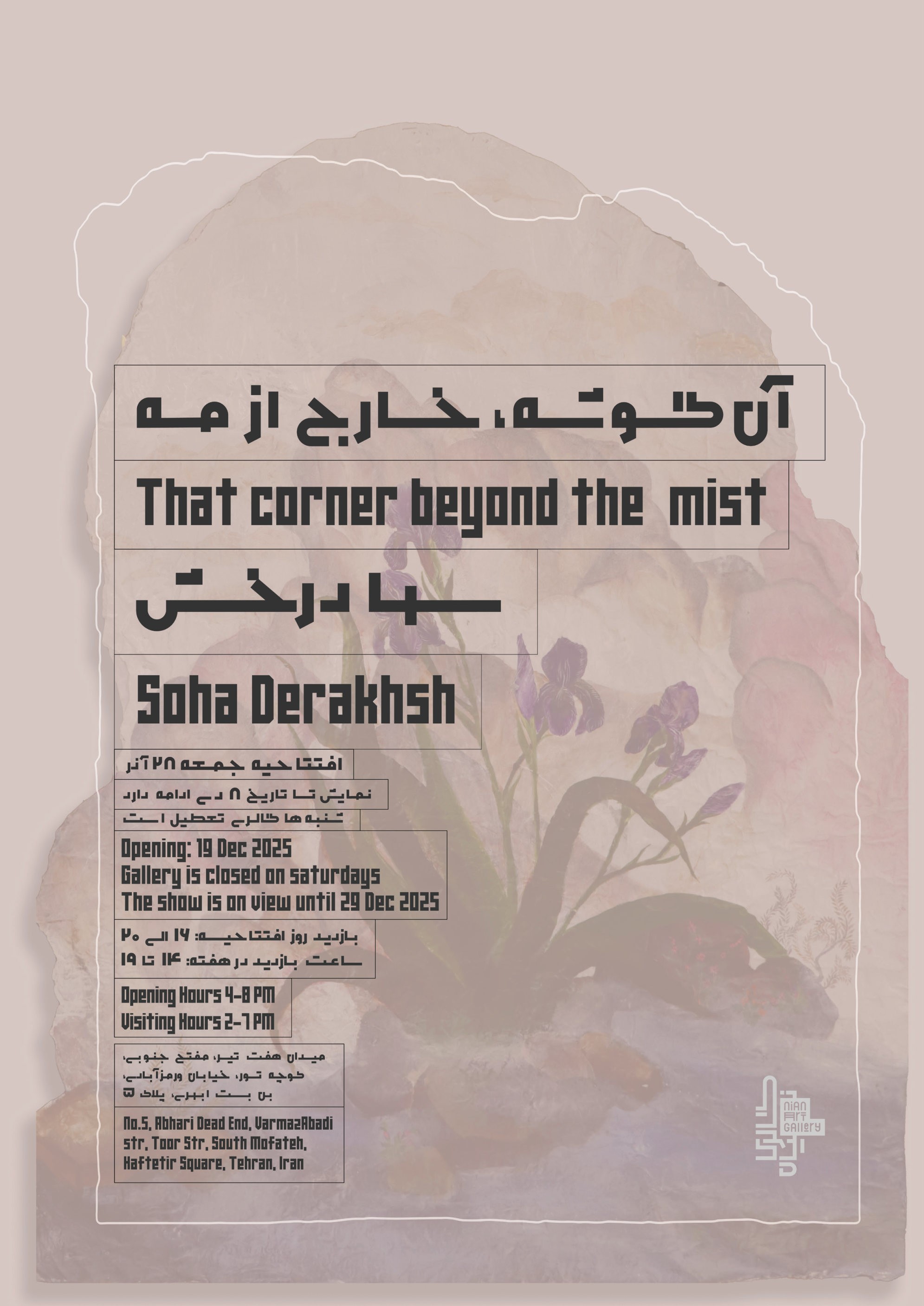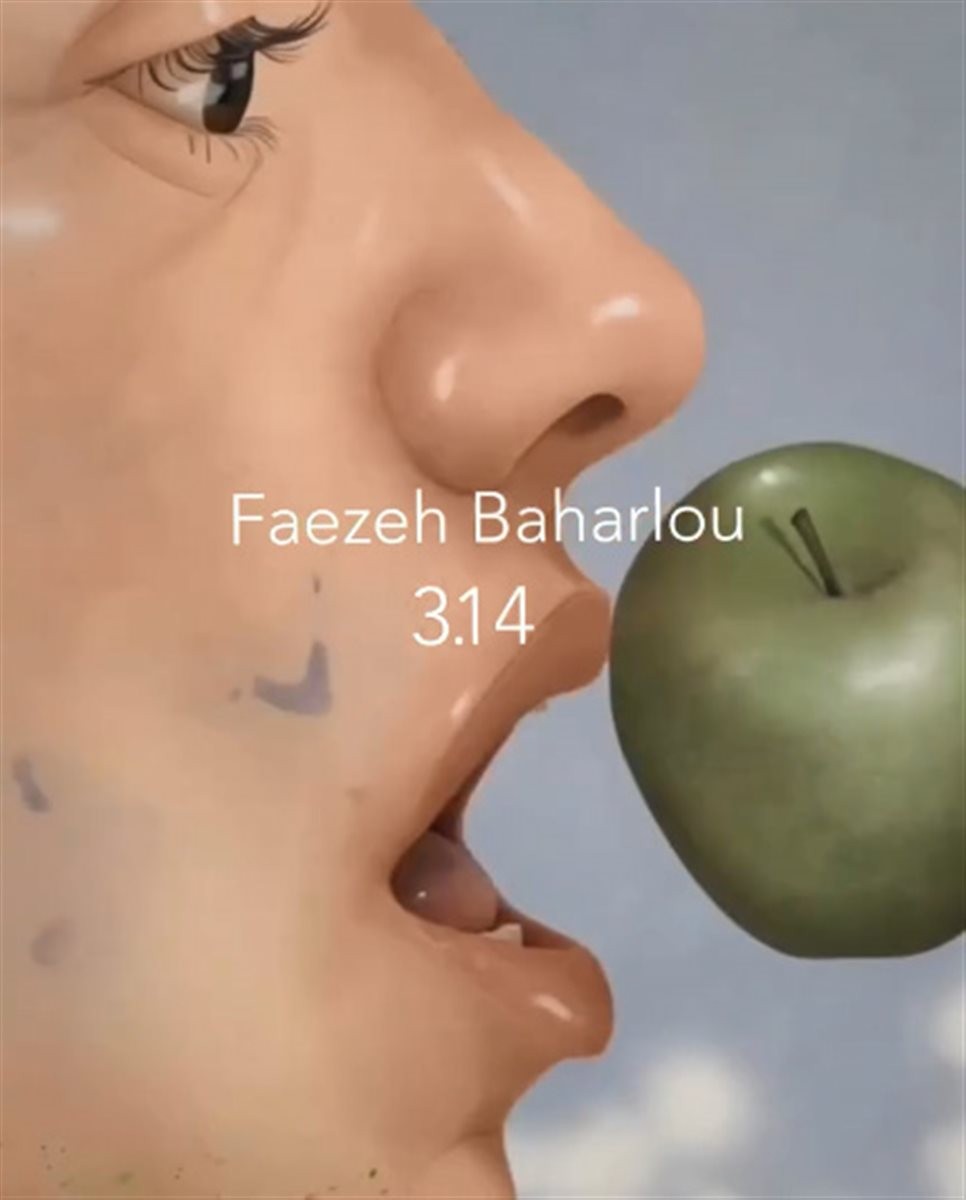Tehran,
Tehran Museum of Contemporary Art, by the Laleh Park, North Karegar Ave.
1 May 2023 - 25 June 2023
"I don't want to be here. I don't want to..." These sentences could have been the first words of the first human when they found themselves in nature or realized the truth of nature. This depends on whether we believe that humans came into this world with inherent characteristics or acquired their most compatible human qualities through the process of selection.
Contrary to our kind belief today, nature has a different essence. It is violent, rebellious, vengeful, unrestrained, unkind, impatient, and full of enmity. Therefore, continuing to live in this environment required effort throughout human history. What we call nature today are those places and spaces in which humans have, more or less, recorded their presence. Otherwise, every unknown part of nature still has the same primary attributes. The taming and subjugation of nature mean the fading and dimming of its inherent qualities, resulting in a transformation and change in the nature of these qualities. This places nature in a broader relationship with its restrainer, humans. In fact, nature as we know it now is the world around humankind, and it is with humans that it finds meaning, as the inevitable context of human life.
The effort of ancient and modern humans on the time vector of their presence in this world has always been concerned with maximizing the length of life and optimizing the quality of life. This continuous and steady effort is in pursuit of a stable balance. The fruits of this effort are human habitats such as cities and villages, and human achievements such as various inventions and discoveries. The result of this continuous action and reaction is the world around us, and its result can be identified in the survival and increase of the human species. The traces of this relationship are visible in various forms such as carbon footprint, biological footprint, etc. However, human life does not have only quantitative and external aspects. When we talk about the quality of life, the internal, psychological, and mental aspects also play a significant role. This is where desires, hopes, happiness, satisfaction, anger, hatred, jealousy, and many other inner qualities reveal themselves in the form of images, volumes, poetry, music, songs, and dance. In the process of shaping the world around them, humans also imagine, create, and recreate their desirable nature from an internal aspect, and the footprint of the creator in each one of them is the footprint of humans in this world. However, this relationship does not stop at the surface, and when faced with the world around them, humans try to recreate their previous creations every time. What we recognize today as works of art is a part of this process of dynamic creation and re-creation. The art of the human artist is an extension of the same long term effort to be, to be better, to exist, not just to be alive but to live.
In this way, the display of this collection of works invites deliberation on the dynamic relationship between humans and the world around them. It invites us to recognize the role of humans in shaping nature as we know it today, to find the traces of the creator in the work and follow them in the world around us, to reflect on being and living, and to consider the dividing line that draws between the work and the work of art and the human and the artist. We should also consider the important question of whether such a dividing line exists and, if it does, what is the relationship between the works, the creators, and the audience with it?
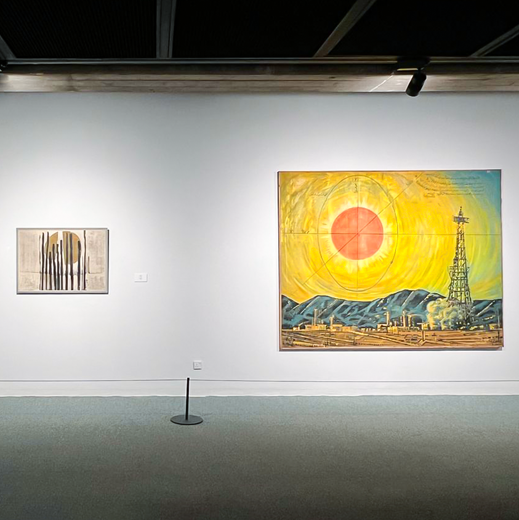
Artists
Available Nearby Exhibitions
Mountmedit
Tehran
5 December 2025 - 2 January 2026
That Corner Beyond the Mist
Tehran
19 December 2025 - 29 December 2025
